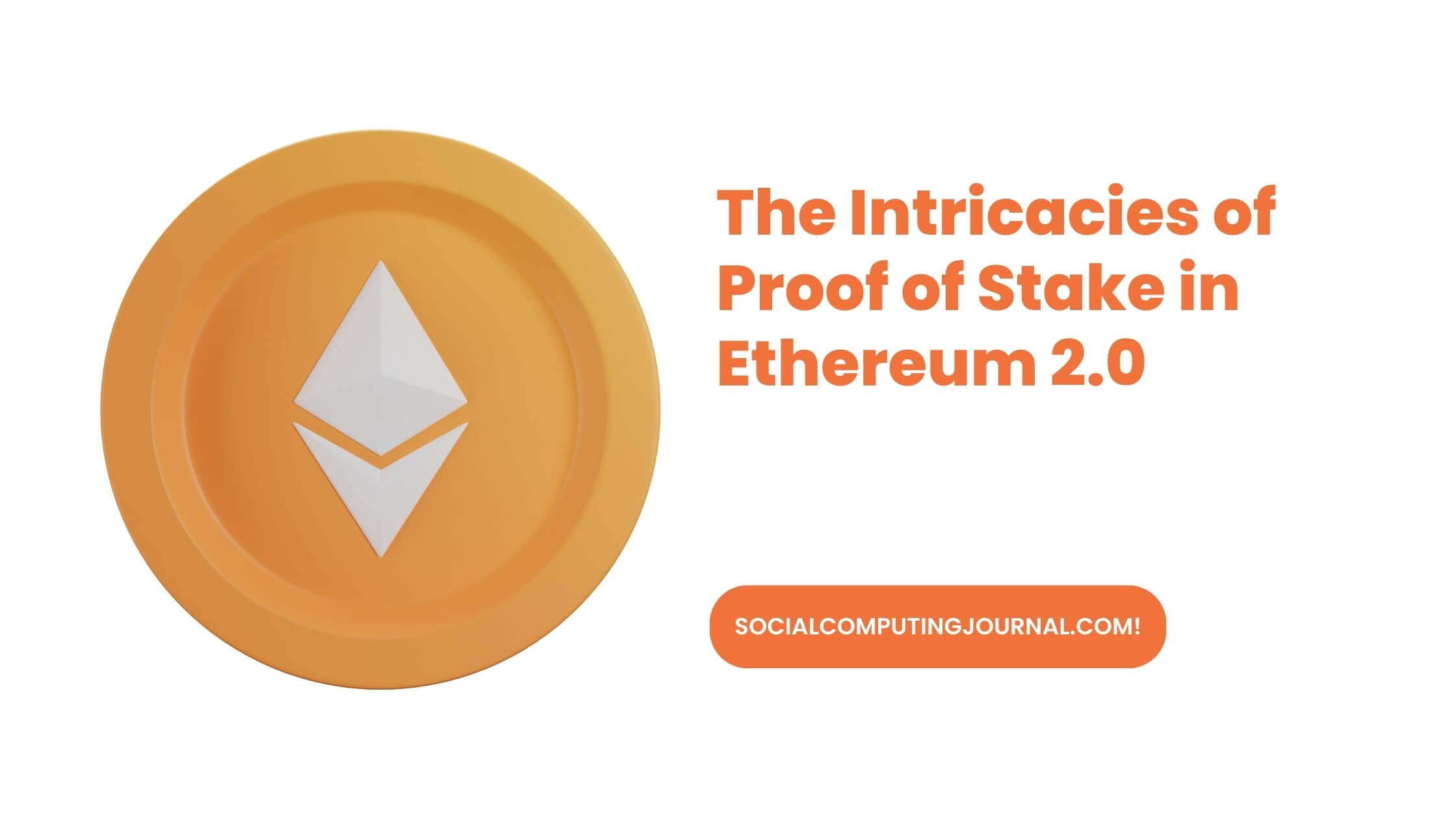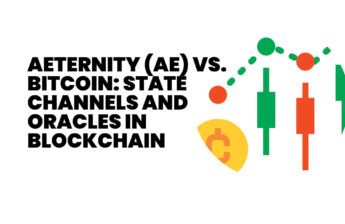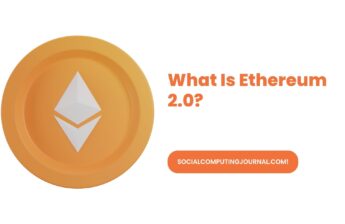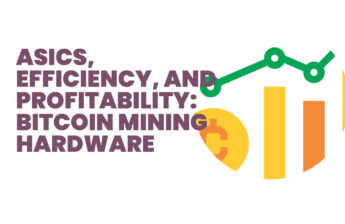Ethereum 2.0, a significant upgrade to the Ethereum blockchain, represents a fundamental change in its core consensus mechanism. Departing from the resource-intensive Proof of Work (PoW), Ethereum 2.0 adopts Proof of Stake (PoS), offering the promise of enhanced scalability, security, and sustainability. The pivotal shift from PoW to PoS addresses challenges encountered in Ethereum 1.0, specifically related to scalability and environmental impact. PoS operates on distinct principles, relying on validators and staking mechanisms to secure the network, marking a commitment to improving the efficiency and security of decentralized systems. This transition underscores the continuous evolution of blockchain technology by emphasizing the significance of consensus mechanisms in maintaining agreement among participants in the network. So, if you are a newbie in the world of investing, www.ai-pro-2024.com can help you by connecting you to one of many investment education firms out there so that you can learn more about investing.
The Basics of Proof of Stake
Definition and Principles
Proof of Stake fundamentally revolves around the concept of validators securing the network by locking up a stake, or collateral, in the native cryptocurrency. Validators are chosen to create new blocks based on the amount of cryptocurrency they have at stake.
Key Differences from Proof of Work
In PoS, there’s no competition to solve complex mathematical puzzles as seen in PoW. Instead, validators are selected to create blocks based on their stake, eliminating the energy-intensive mining process. This alteration streamlines the consensus process and reduces resource consumption.
Stakeholders and Validators
Stakeholders, individuals who hold and lock up cryptocurrency, play a crucial role in PoS. Validators, chosen to forge new blocks and validate transactions, are selected based on factors like stake size and network participation. Their responsibility is to maintain the integrity of the blockchain.
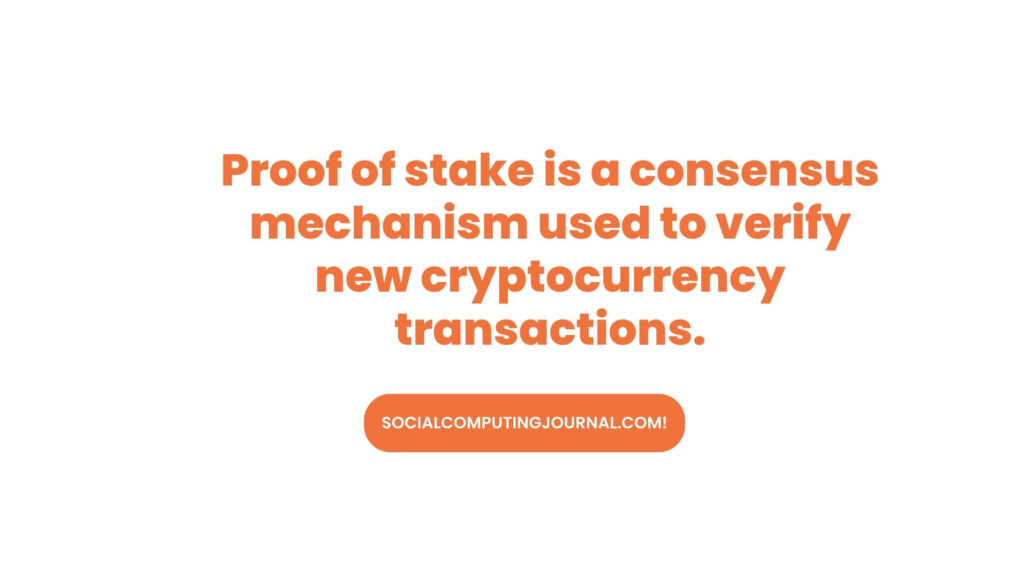
Ethereum 2.0: The Need for Change
Scalability Issues in Ethereum 1.0
Ethereum 1.0 faced challenges in scaling to meet increasing demand. The limitations in transaction throughput and latency prompted the need for a more scalable solution, leading to the development of Ethereum 2.0.
Energy Efficiency Concerns
The energy-intensive nature of PoW raised environmental concerns, as evidenced by the significant carbon footprint of mining operations. Ethereum 2.0 addresses this issue by transitioning to PoS, minimizing the ecological impact while maintaining network security.
Goals of Ethereum 2.0 Upgrade
The primary goals of Ethereum 2.0 include improving scalability, reducing energy consumption, and enhancing the overall security and decentralization of the network. These objectives collectively aim to create a more sustainable and efficient blockchain ecosystem.
The Ethereum 2.0 Beacon Chain
Introduction to the Beacon Chain
The Beacon Chain, a critical component of Ethereum 2.0, serves as the PoS consensus layer. It coordinates and manages the validators, facilitating the creation and finalization of blocks across the network.
Role of Validators in the Beacon Chain
Validators in the Beacon Chain are tasked with proposing and attesting to new blocks. The integrity of the PoS system relies on their honest participation, and any malicious behavior results in penalties.
Crosslinks and Shard Chains
Crosslinks connect the Beacon Chain to shard chains, which operate as smaller chains processing specific subsets of transactions. This architecture enhances Ethereum’s capacity to handle a greater volume of transactions concurrently.

Staking in Ethereum 2.0
Staking as a Security Mechanism
Staking serves as a security mechanism in Ethereum 2.0, aligning the interests of validators with the overall health of the network. Validators risk losing their staked assets if they engage in malicious activities, creating a robust incentive structure for network security.
Minimum Staking Requirements
Validators are required to meet minimum staking requirements to participate in block creation. This ensures that participants have a tangible stake in the network’s well-being, discouraging malicious intent.
Rewards and Penalties for Validators
Validators are incentivized through rewards for honest participation, earning additional cryptocurrency for their efforts. Conversely, penalties, including the slashing of stakes, deter dishonest behavior, fostering a secure and trustworthy network.
Risks and Challenges in Proof of Stake
51% Attacks and Long-Range Attacks
While PoS mitigates certain attack vectors, risks persist, such as the potential for 51% attacks and long-range attacks. Understanding these risks is crucial for designing effective security measures.
Economic Attacks and Stake Slashing
Economic attacks, where malicious actors attempt to undermine the network for financial gain, pose a threat. The mechanism of stake slashing, a punitive measure, serves as a deterrent against such attacks.
Strategies for Mitigating Risks
Ongoing research focuses on developing strategies to mitigate risks associated with PoS. Solutions range from improved network parameter designs to the development of advanced cryptographic techniques, aiming to enhance the robustness of PoS systems.
The Future of Proof of Stake in Blockchain
Potential Impact on Environmental Sustainability
The adoption of PoS has broader implications for the environmental sustainability of blockchain technology. Its reduced energy consumption aligns with the growing global focus on environmentally conscious practices, potentially influencing the industry at large.
Adoption and Integration in Other Blockchains
The success of Ethereum 2.0 may inspire other blockchain projects to explore PoS as a consensus mechanism. This shift could mark a broader trend towards more sustainable and efficient blockchain ecosystems.
Ongoing Research and Development
Continuous research and development are essential to refine PoS mechanisms further. Ongoing efforts seek to address emerging challenges, enhance security measures, and optimize the performance of PoS-based blockchain networks.
Conclusion
In conclusion, Ethereum 2.0’s shift to Proof of Stake (PoS) marks a crucial juncture in the evolution of blockchain technology. The introduction of the Beacon Chain and the establishment of staking mechanisms underscore Ethereum’s leading position in the blockchain domain, emphasizing a steadfast commitment to security and sustainability. The successful integration of PoS within Ethereum 2.0 establishes a noteworthy precedent for the future of blockchain. The observed improvements in scalability, energy efficiency, and security serve as a potential model for other blockchain projects. The transition from Proof of Work to PoS in Ethereum 2.0 represents a dynamic evolution in consensus mechanisms. As the broader blockchain landscape transforms, the insights gained from this transition will contribute significantly to the ongoing enhancement and adaptation of decentralized systems.

